
views
Beeping vs. Chirping
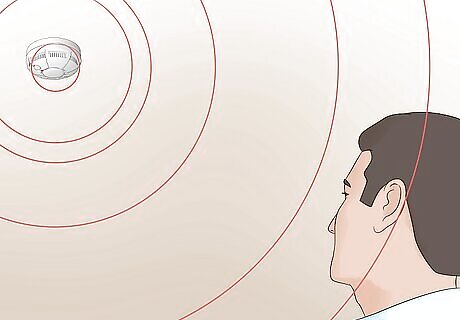
Loud beeping is an emergency, but the unit chirps to indicate issues. It's a good idea to learn the difference between the two sounds: 3 beeps with a pause is an emergency sound; your unit has detected smoke and/or CO. You need to evacuate your home and call 911. Softer, shorter beeps indicate low battery or some other issue. The next section lists fixes for issues that could make your First Alert Smoke Alarm chirp.
Easy Fixes
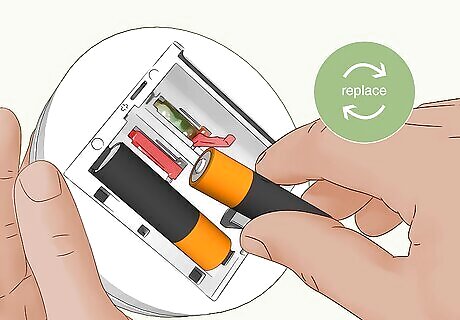
Replace the battery. Most often, a chirping First Alert Alarm means that it's low on battery. If you hear a single chirp every 30-60 seconds, you most likely have a low battery and simply need to change them.
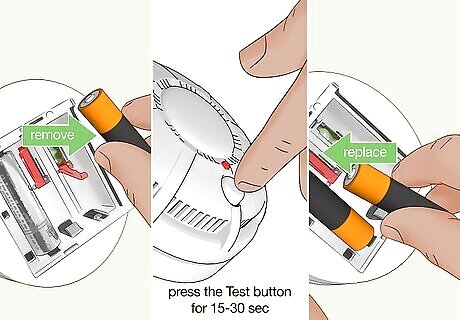
Reset the smoke alarm. If you hear chirps even after putting in new batteries, you need to reset the smoke alarm to clear any residual charge from the previous batteries. Remove the battery and press the Test button on the unit for 15-30 seconds, then reinsert the new battery to see if the alarm is working normally again.
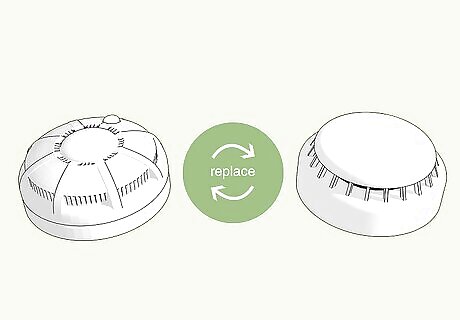
Buy a new detector. Most alarms last 7-10 years after the manufacture date, which you can find on the back of your unit. This might be the case if your unit is chirping constantly or in a pattern that you don't recognize.
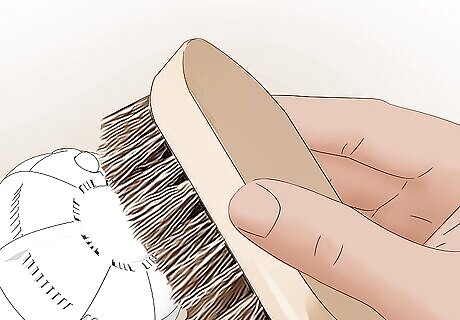
Clean your smoke alarm. Dust can build up inside the unit, even behind dust covers, so use a vacuum's soft brush attachment to clean them at least once a month. This most often is the case when the alarm goes off (3 beeps and a pause) and you cannot find any smoke.
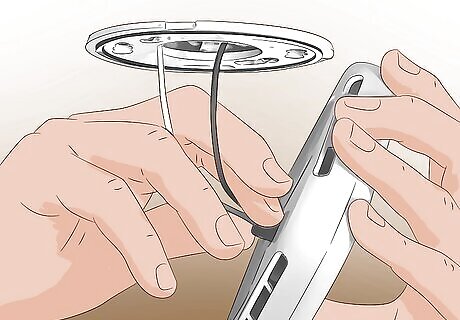
Check the wires on hardwired alarms. There might be a loose or damaged wire that's restricting how much power the alarm is getting from your home's electrical system. In that case, it'll most likely use up the backup battery and chirp like it's low on battery charge.
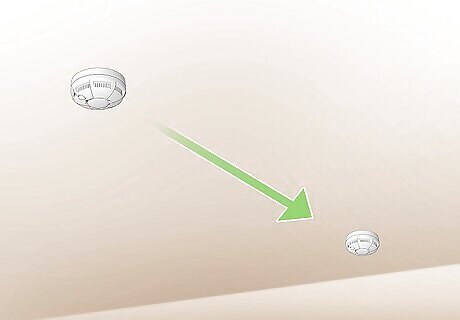
Move the detector somewhere else. Some locations are bad for alarms and smoke detectors, so any in these places can have nuisance alarms (alarms triggered by environmental factors, not CO or smoke). Bad locations include dusty, dirty, greasy areas like garages, but also areas with combustion particles, like kitchens. You also want to avoid putting your CO alarm or smoke detector in high-humidity areas like your bathroom. Install the unit at least 5 feet (1.5 m) away from any cooking appliance and 10 feet (3.0 m) away from anything that creates humidity. Refer to How to Install a Smoke Detector for more dos and don'ts.
Silence Beeping with Onelink Alarms
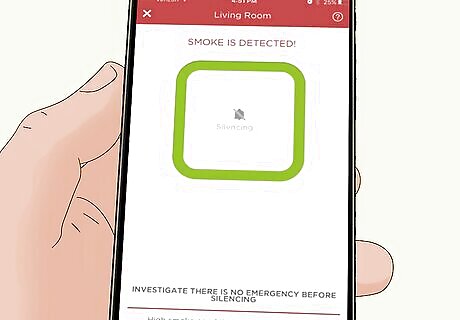
Silence nuisance alarms and low battery chirps. First Alert's Onelink alarms are smart alarms that you can control remotely with an app on your phone (iOS only). This means you can stop nuisance alarms (like those triggered by dust) for several minutes or stop the battery chirp for up to 8 hours. If you silence a smoke detector, the alarm will stay off for 15 minutes, but will sound again if the smoke has not dissipated or has increased. If you silence a CO detector, it will stay off for 4 minutes, but if the CO levels are still high, the alarm will beep again. There are two ways that you can silence your alarms: Open the Onelink Home app and tap Press & hold to silence. Press the Test/Silence button on your unit.




















Comments
0 comment